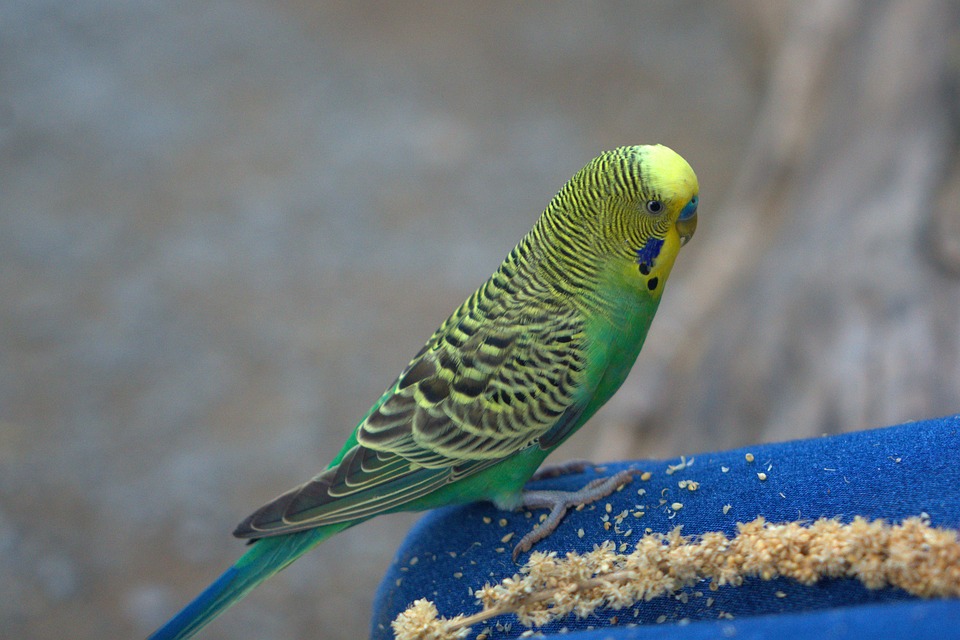Parrots are highly intelligent creatures capable of learning complex behaviors. Training them can be a rewarding and enriching experience for both the parrot and its owner. One of the most effective methods for training parrots is through positive reinforcement. In this article, we will explore the concept of positive reinforcement and how it can be used to shape complex parrot behaviors.
Positive reinforcement is a training technique that involves rewarding desired behaviors to encourage their repetition. When a parrot performs a behavior that is desired, it is immediately rewarded with something it finds pleasurable, such as a treat or praise. By consistently associating the desired behavior with positive outcomes, the parrot learns to repeat that behavior in order to receive the reward.
Before attempting to shape complex behaviors, it is important to establish a foundation of basic behaviors. Begin by teaching your parrot simple commands like “step up” or “wave.” These basic behaviors serve as building blocks for more complex behaviors.
Complex behaviors can be broken down into smaller, more manageable steps. This process is called “successive approximation” or “shaping.” For example, if you want to teach your parrot to retrieve an object, start by rewarding any interaction with the object, then gradually shape the behavior into picking it up, and finally into bringing it to you.
To pinpoint the exact moment your parrot performs the desired behavior, it is helpful to use a clicker or a verbal marker. A clicker is a small device that makes a distinct clicking sound, while a verbal marker can be a specific word or sound you consistently use. These markers bridge the time gap between the behavior and the reward, making it easier for the parrot to understand which behavior is being reinforced.
Consistency is key when using positive reinforcement. Always reward the desired behavior and ignore any undesired behavior. It is important to be patient and understand that shaping complex behaviors takes time. Break each behavior down into small achievable steps and gradually build upon them.
Now, let’s address some frequently asked questions about using positive reinforcement to shape complex parrot behaviors:
1. How long does it take to shape a complex behavior in a parrot?
The time it takes to shape a complex behavior in a parrot can vary depending on the individual bird and the behavior being taught. It can take anywhere from a few days to several weeks or even months. It is important to be patient and consistent throughout the training process.
2. Can positive reinforcement be used to correct unwanted behaviors in parrots?
Positive reinforcement is primarily used to encourage desired behaviors rather than correcting unwanted ones. However, by redirecting and reinforcing alternative behaviors, you can effectively discourage unwanted behaviors in a parrot.
3. Are all parrots trainable using positive reinforcement?
Yes, all parrots can be trained using positive reinforcement. However, the speed and ease of training may vary depending on the species and individual personality of the parrot. Some parrots may be more motivated by certain rewards or respond better to specific training techniques.
4. Can I use positive reinforcement to train older parrots?
Absolutely! Parrots of all ages can benefit from positive reinforcement training. Older parrots may require more patience and repetition, but they are still capable of learning new behaviors and strengthening their bond with their owners.
5. Can positive reinforcement be used to train multiple parrots at once?
Yes, positive reinforcement can be used to train multiple parrots simultaneously. It is important to ensure that each parrot receives individual attention and rewards for their desired behaviors. This will help prevent competition or aggression between the birds during training sessions.
In conclusion, positive reinforcement is a powerful tool in shaping complex behaviors in parrots. By breaking down behaviors into manageable steps, using markers, and being consistent and patient, you can successfully train your parrot to perform impressive and engaging behaviors. Remember to always tailor your training approach to the individual needs and preferences of your parrot, and enjoy the rewarding journey of parrot training.









